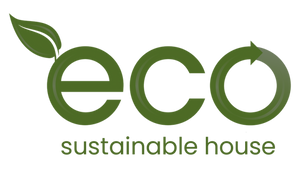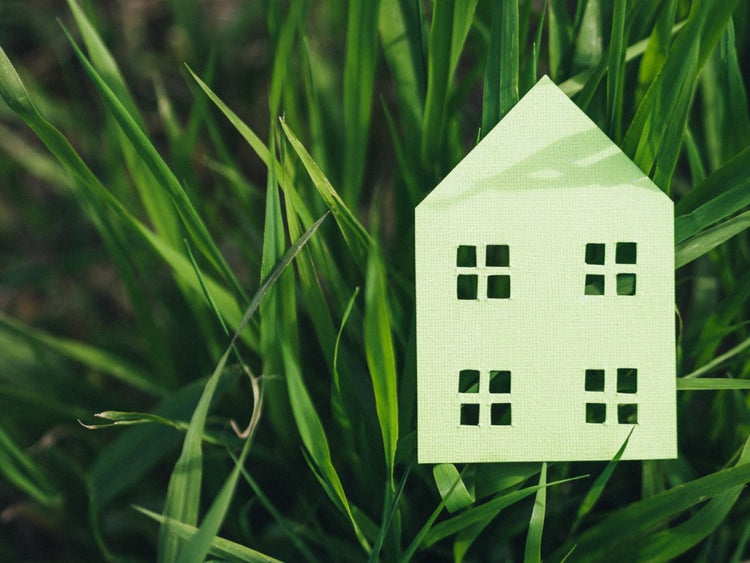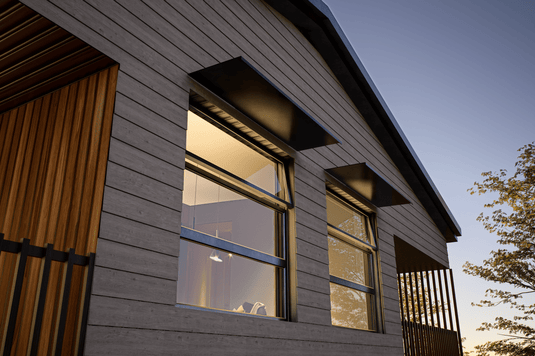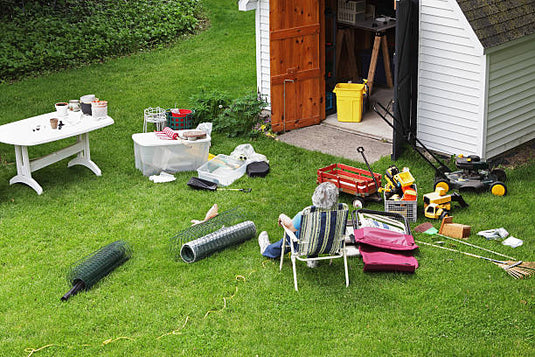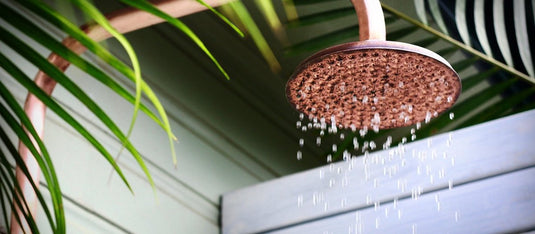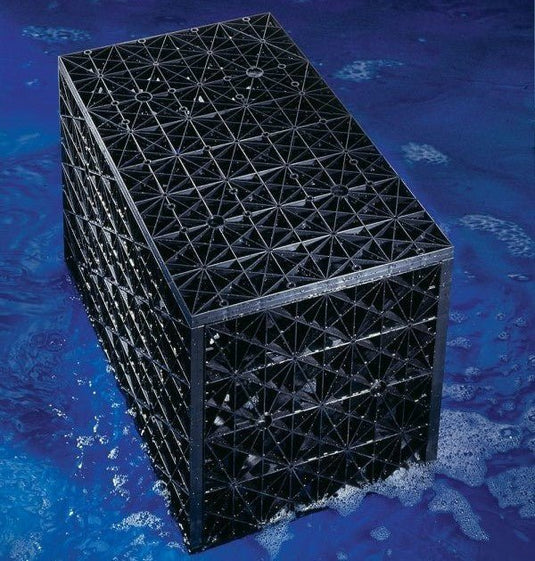At Eco Sustainable House, we are committed to helping homeowners create environmentally friendly, energy-efficient and healthy living spaces.
As more people become aware of the impact their homes have on the environment, the demand for eco-sustainable building products and practices has grown.
In this post, we will explore the key elements that make a home eco-sustainable and discuss the energy ratings required for new homes in Australia
Energy Efficiency and Conservation
One of the primary aspects of an eco-sustainable home is energy efficiency. This can be achieved through several means, including:
- Insulation: Proper insulation helps maintain a comfortable indoor temperature, reducing the need for heating and cooling systems.
- Window hoods: Our energy-saving window hoods block solar heat, keeping your home cool in the summer and reducing air conditioning costs.
- Skylights: Installing skylights not only brings natural light into your home but also helps with passive solar heating during colder months.
- Energy-efficient appliances: Choose appliances with a high energy rating to reduce electricity consumption.
Sustainable Building Materials
Using sustainable and eco-friendly building materials is another key element in creating an eco-sustainable home. Some options include:
- Recycled timber: We offer a range of high-quality recycled timber products that not only look great but also reduce the need for new timber resources.
- Rainwater management: Our Atlantis products help you manage and reuse rainwater, reducing your reliance on mains water and lowering your water bills.
- Sustainable materials: In the future, we plan to expand our product range to include other sustainable materials such as bamboo, natural plasters, and low-impact paints.
Water Conservation and Management
Efficient water use is crucial for eco-sustainable homes. Some strategies for water conservation include:
- Rainwater harvesting: Collect and store rainwater for use in irrigation, flushing toilets, and laundry.
- Greywater recycling: Reuse water from sinks, showers, and laundry for garden irrigation or toilet flushing.
- Water-efficient fixtures: Install low-flow showerheads, faucets, and dual-flush toilets to reduce water consumption.
Indoor Air Quality and Ventilation
A healthy indoor environment is essential for eco-sustainable living. Some ways to improve air quality and ventilation include:
- Natural ventilation: Design your home to promote air circulation through the use of windows, doors and vents.
- Low VOC materials: Choose paints, finishes and building materials with low VOC content to reduce indoor air pollution.
- Air purifiers and filters: Consider using air purifiers to remove allergens, pollutants, and other contaminants from the air.
Energy Ratings and Compliance in Australia
In Australia, new homes must meet specific energy efficiency standards. The Nationwide House Energy Rating Scheme (NatHERS) rates homes on a scale from 0 to 10 stars, with 10 being the most energy-efficient. The higher the star rating, the less energy a home needs for heating and cooling. Currently, most states and territories require a minimum of 6-star energy efficiency for new homes. By incorporating the elements discussed above, you can exceed these minimum requirements and build a truly eco-sustainable home.
Building an eco-sustainable home not only benefits the environment but also improves your quality of life and reduces long-term living costs. At Eco Sustainable House, we are dedicated to providing you with the products and knowledge you need to create a greener, healthier and more energy-efficient home.
As we expand our product range, we look forward to becoming your one-stop-shop for all your eco-sustainable building needs. Contact us today to learn more about our products and services.
